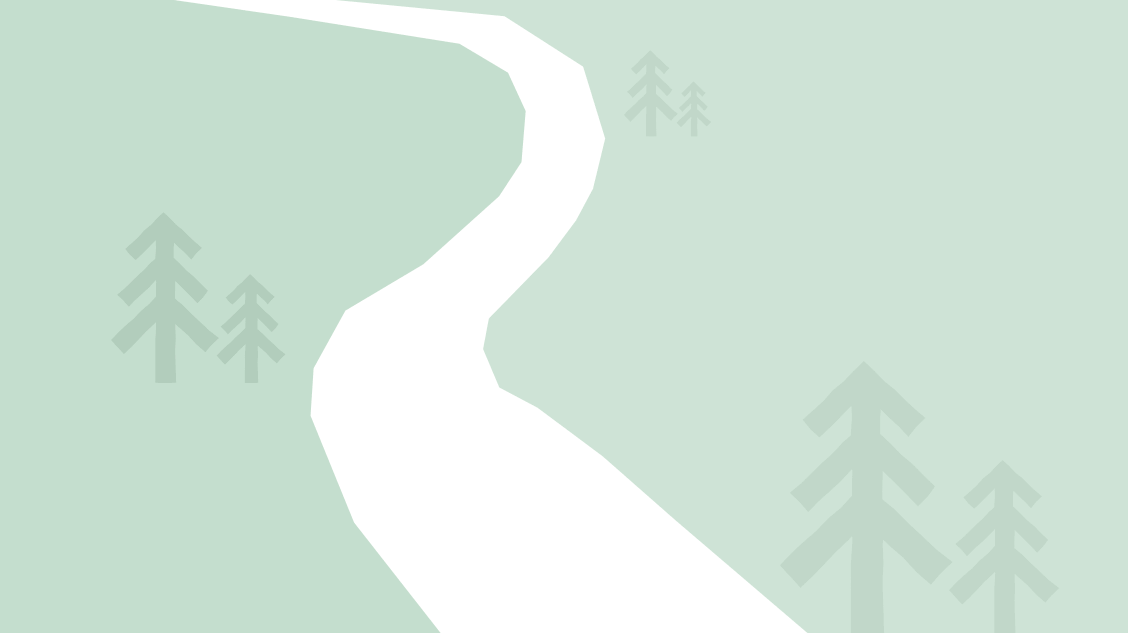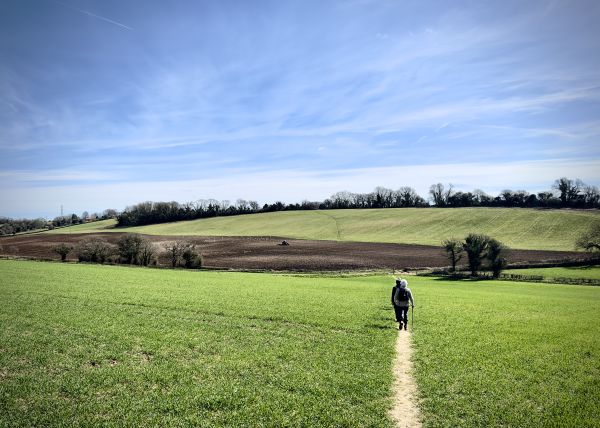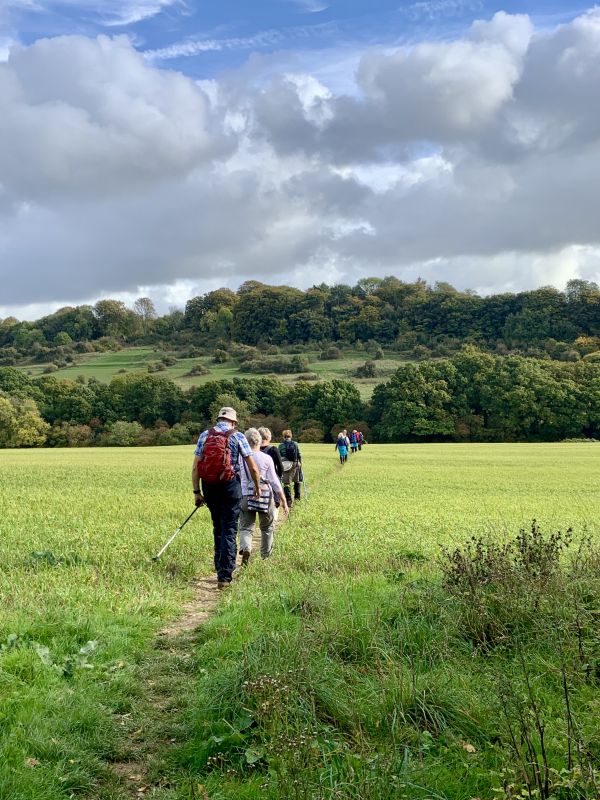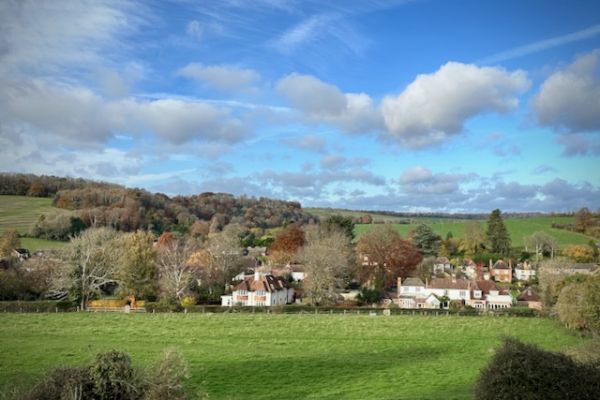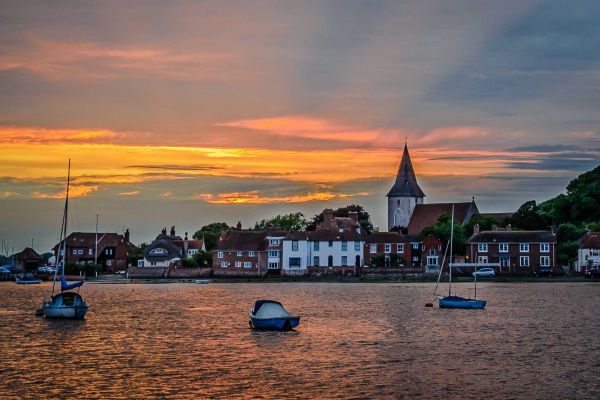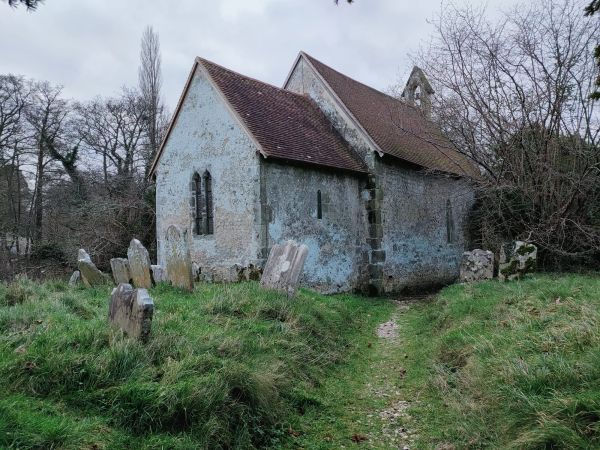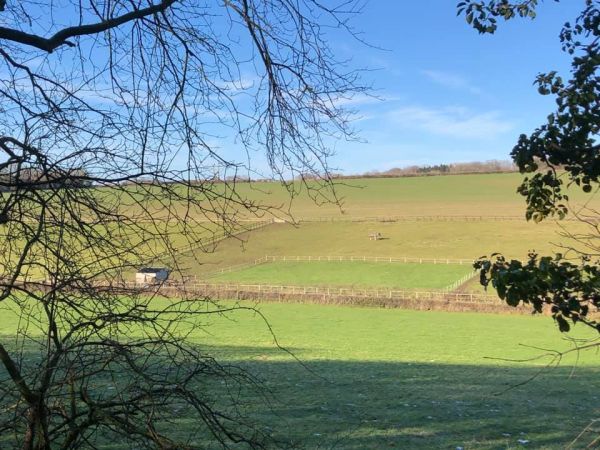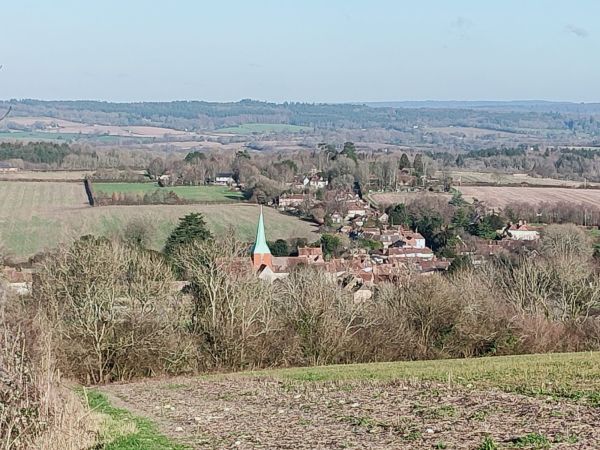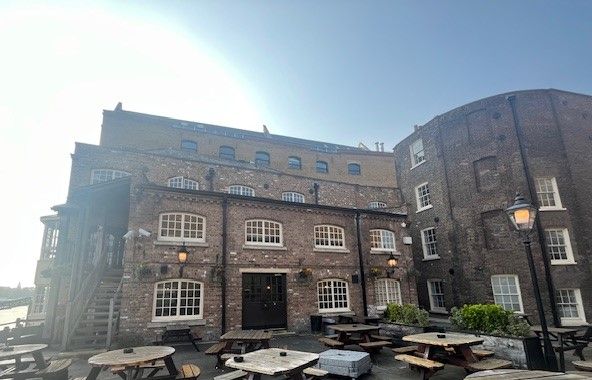Our start place is Halls Hill Car Park, Kiln Lane, Buriton (its the car park at the back of the QE Park) - free car park
What3words: ///regulator.rooster.weekend
Grid Ref SU7333 1980
Start time 10:00
Distance (miles) 7.9 miles
Local grade B
National grade Moderate
Walk leader Chris T
Home ‘phone 02392 786213
Mobile: 0791 045 1737
Email address turnerca@idnet.com
Max number of Walkers No Limit
Meet in the carpark at back of QE Park, Halls Hill Car Park, Kiln Lane. Head south to Head Down plantation, Woodcroft Farm, Ladyholt, Foxcombe Farm, SDW, Coulters Dean Farm
Poles might be useful for the uphill sections.
Head Down is one of the highest points in the county of Hants, and in the South Downs, rising to 205 metres (673 ft) above sea level.
Oliver Cromwell's armies would ride down The South Downs Way on their way to skirmishes at South Harting and stop to water their horses at the pond at Coulters Dean Farm
History of Ladyholt Park:
The rise and fall of Ladyholt Park is associated with the Caryll family. In 1590 Edward Caryll purchased the manor of West Harting, where Lady Holt was later built by Lord John Caryll (1625-1711). There is some confusion about the exact date of construction, but we know from a lease dated 1680 that the mansion had been newly-built and the park recently enclosed and impaled and stocked with deer.
The estate was sequestrated in 1695 to 1696 because of the implication of Lord Caryll in the plot to assassinate William III. We know the park was well-wooded at that time as timber had to be felled to clear the debts incurred in buying back the estate. The next John Caryll (1667-1736), called the Squire of Ladyholt, corresponded with Alexander Pope between 1710 and 1736. Pope made frequent visits to Ladyholt and walked in the park.
Following the death of John's son from smallpox in 1718, Ladyholt was let for some years. By 1719 the bailiff reported '...I find Lady Holt Park is to be stript of all Timber that will yield any money, all the Ashe being already cutt down and the oake must follow soon as the Season will fitt'. However by 1726 John Caryll was improving Ladyholt for his grandson, including planting an avenue on his neighbour, Lord Dormer's land leading to Idswoth, and levelling the land before the house.
In 1736 his grandson, John Caryll (1718-1788) inherited Ladyholt and put great improvements in place, perhaps in preparation for his impending marriage. In 1738 we know visitors to Ladyholt were '...extremely charm'd with it, and called the park the Garden of the world'. The park was also stocked with deer, much appreciated as a gift by the Duke of Richmond. However by 1744 John Caryll was in financial difficulties and in 1747 Ladyholt was let again.
In 1755-56, John Caryll was negotiating the sale of Ladyholt with his neighbour Sir Matthew Featherstone of Uppark who withdrew at the last minute. In 1766-67 John Caryll sold Ladyholt to the Duke of Richmond, who turned out to be acting for Sir Matthew Featherstone. The contents were sold at auction in 1767 and by 1770 Ladyholt House had been demolished, some of the bricks being used to build the nearby Foxcombe House and a wall by the dairy at Uppark.




